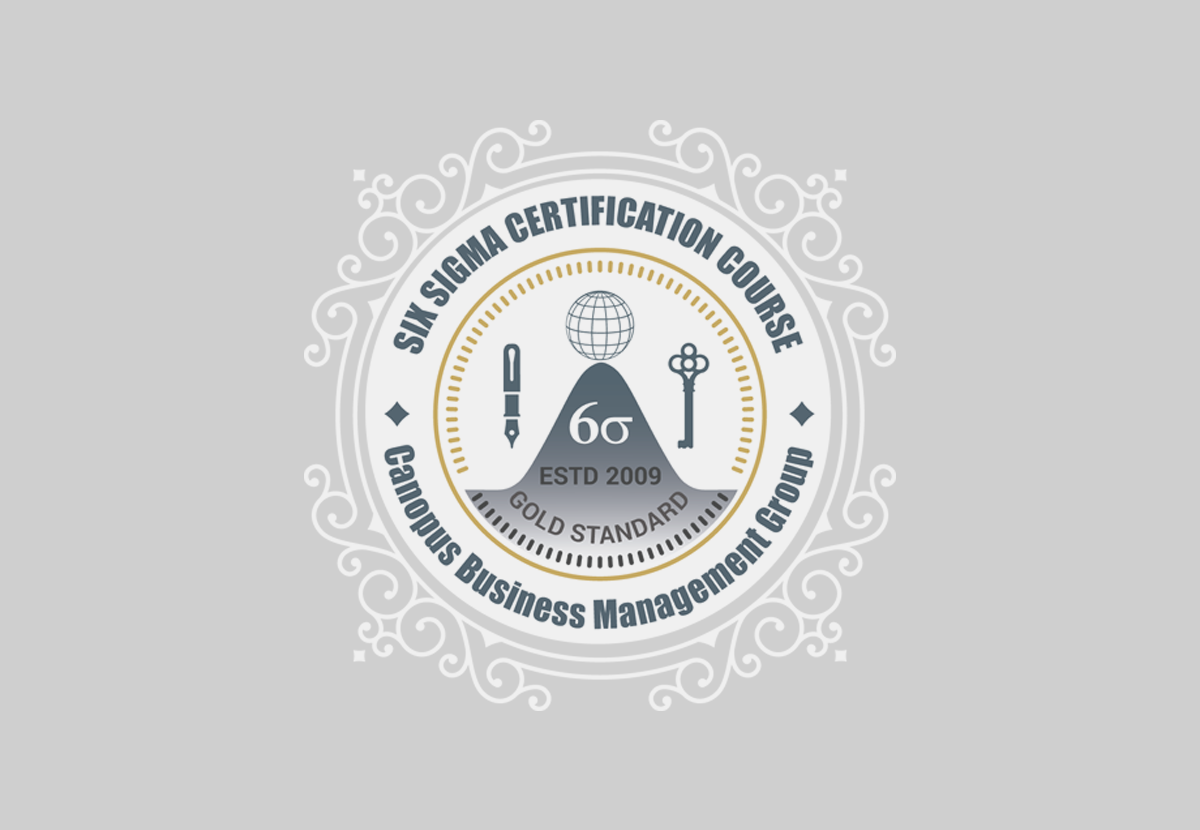The Cause and Effect tool, also known as the Fishbone Diagram or Ishikawa Diagram, is a powerful technique in Six Sigma methodology to identify and analyze the root causes of problems. Here are five key important points: Identification of Root Causes: The primary function of the Cause and Effect tool is to pinpoint the root […]
Continue Reading
How to Gather Customer Data through a questionnaire? Let us learn how to gather customer data. A well-defined goals are the best way to assure a good questionnaire design. When the goals of a study can be expressed in a few clear and concise sentences, the design of the questionnaire becomes considerably easier. To effectively […]
Continue Reading
What tools are used in Define Phase of six sigma? A Six Sigma team uses a number of tools in the Define phase to identify and define problem areas or opportunities for improvement. The tools include: Project charter is a document that provides a clear, concise description of the business needs that a project is intended […]
Continue Reading
Understanding Statistical and Practical Significance What is Statistical significance? Statistical significance is the probability that the result of a given study could have occurred purely by chance. It reflects the degree to which observed results are true. Hypothesis tests aim to determine if the observed difference is statistically significant. What is practical significance? Practical significance […]
Continue Reading
What is Project Closure in Six Sigma Typically, by describing a project closure, you can identify project completion criteria. This, in turn, helps identify performance improvements and additional opportunities. It is a formal project summation in which the project team can officially close the project. It allows for the quick handover of deliverables and documentation. […]
Continue Reading
What do you understand by Theory of Constraints (ToC)? The Theory of Constraints (TOC) is a management approach to managing the weakest link in a process. A process can have one or more weak links, called constraints, that can be anything that prevents the process from performing to its maximum potential. TOC contends that a […]
Continue Reading
I’m sure you have heard of ‘Python’ in the context of Data Science and Analytics. Python is an object oriented high-level programming language with built-in data structures. If you are already a Certified Green Belt or a Black Belt from ASQ, IASSC or any other certification body, you might be familiar with a variety of […]
Continue Reading
Any aspirant preparing for Lean Six Sigma Certification Exams of ASQ or IASSC, it is important for you to understand the difference between CTQ, Primary Metric and Secondary Metric.In Lean Six Sigma, the term CTQ is very commonly used. CTQ is an acronym Critical to Quality. As the name suggests, any attribute, parameter, factor or […]
Continue Reading
In the Define phase, the Six Sigma team in a software product development company found that customers identified many issues in the beta version of its software. However, if all the issues raised were to be fixed, timelines would slip and the budget would increase. The team then calculated the number of changes and the […]
Continue Reading
Six Sigma is a combination of the best elements of various quality improvement methodologies and a rigorous statistic-driven approach to performance improvement. The term “Six Sigma” was coined by Bill Smith, an engineer at Motorola. Six Sigma, in the present form, originated in the early 1980s at Motorola as a tool for reducing product-failure levels […]
Continue Reading
Six Sigma is a customer-focused approach to business process improvement and performance management which encompasses a statistical and method-driven process. In order to effectively deploy the process in your organization, it is necessary to identify the basic elements that drive the Six Sigma methodology. Knowledge of the Six Sigma fundamentals is the first step toward […]
Continue Reading
In a recent Lean Six Sigma Project kick-off meeting of one of my clients, after the teams presented their project charters, the business leader made an extempore announcement that the best and most successful Lean Six Sigma project will receive a special recognition and the team members will be lucratively rewarded. Immediately few of them […]
Continue Reading
In a Continuous improvement journey, improvement projects are nothing but the lifeline. In this series of articles, we covered on the Need for Project Selection and the Criteria for project. Now we’ll answer the big question – Where can I get my projects from? Essentially various sources of the project! Customers Interactions: “Customers” are the […]
Continue Reading
